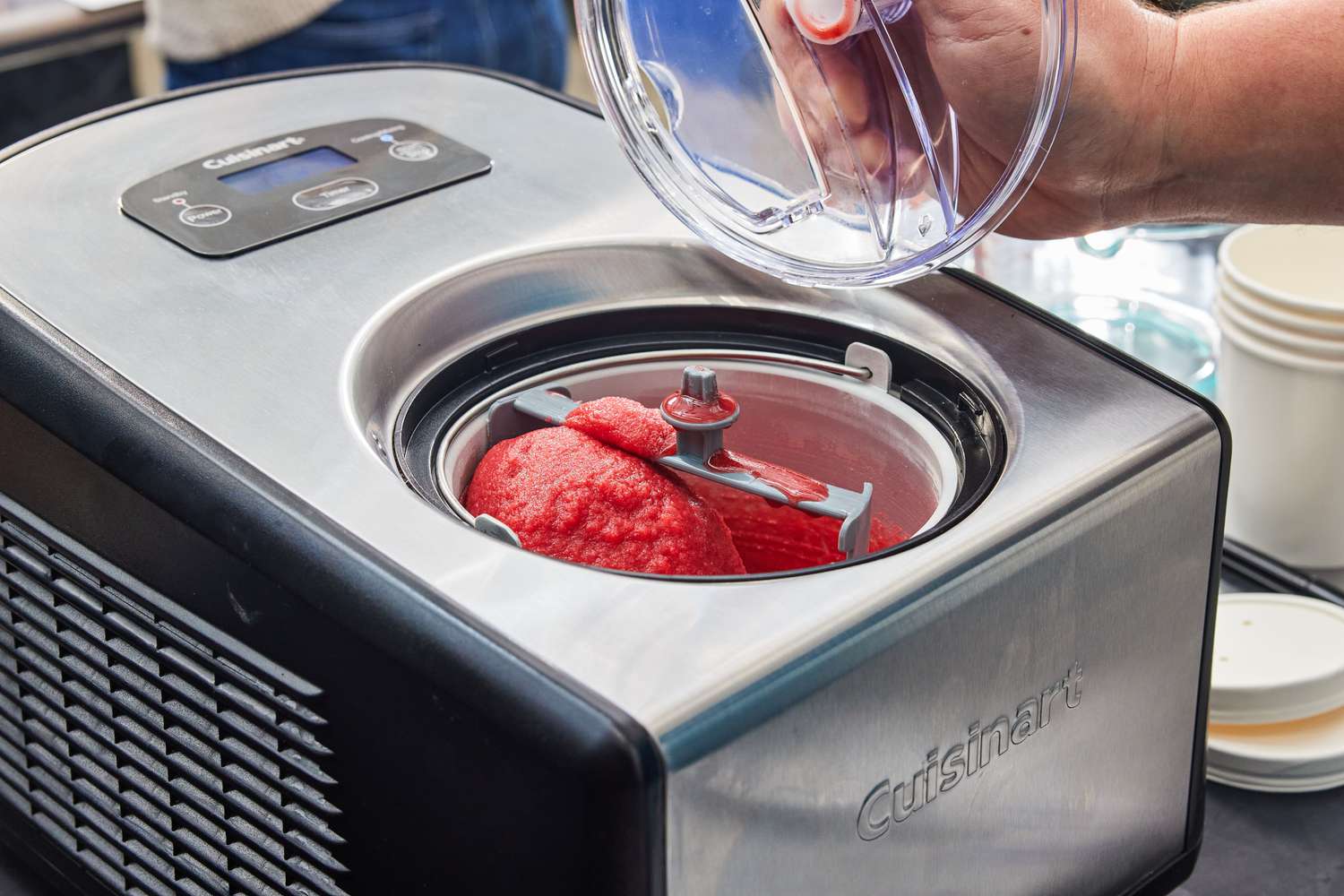

Articles
What Does An Ice Cream Maker Do
Modified: August 16, 2024
Learn what an ice cream maker does and how it works in this informative article. Discover the various types of ice cream makers available and their benefits for homemade frozen treats.
(Many of the links in this article redirect to a specific reviewed product. Your purchase of these products through affiliate links helps to generate commission for Storables.com, at no extra cost. Learn more)
Introduction
Ice cream, a delicious frozen treat loved by people of all ages, has become a staple dessert in many households. While you can always purchase ice cream from the store, there’s something special about making your own homemade version. This is where an ice cream maker comes in handy.
An ice cream maker is a kitchen appliance designed to create smooth and creamy ice cream, giving you control over the flavors, ingredients, and texture. Whether you have a sweet tooth or prefer a healthier option, having an ice cream maker allows you to indulge in your favorite frozen dessert whenever you like. In this article, we will explore what an ice cream maker does, how it works, the different types available, and the benefits of using one.
Key Takeaways:
- Create endless flavor possibilities and healthier options with an ice cream maker, allowing you to customize your frozen treats to suit your dietary needs and preferences.
- Enjoy the fun and family-friendly activity of making homemade ice cream, bringing loved ones together and creating lasting memories while indulging in delicious frozen creations.
Read more: What Do You Call An Ice Cream Maker
How Does an Ice Cream Maker Work?
An ice cream maker works by creating a controlled environment that freezes the mixture of ingredients to create a smooth and creamy texture. The process involves three main components: the freezing bowl, the churner, and the motor (in electric models).
The freezing bowl is a crucial part of the ice cream maker. It needs to be pre-frozen before use to ensure it’s cold enough to freeze the ice cream mixture. The bowl is typically made of double-insulated material lined with a freezing agent, such as a gel or coolant. When the ice cream mixture is poured into the frozen bowl, the freezing agent absorbs the heat from the mixture, causing it to freeze gradually.
The churner is responsible for mixing and incorporating air into the ice cream. It consists of paddles or an agitator that continuously stirs the mixture while it freezes. This agitation helps break up ice crystals and ensures a smooth, creamy texture. By incorporating air, known as overrun, the ice cream becomes light and fluffy.
In electric ice cream makers, a motor powers the churner, eliminating the need for manual stirring. This allows for a more hands-off approach, making the ice cream-making process even easier. Some electric models also have built-in timers or automatic shut-off features to ensure the ice cream reaches the perfect consistency without the risk of over-churning.
Overall, the ice cream maker combines the freezing bowl, churner, and motor (if electric) to create the ideal conditions for making homemade ice cream. It’s a simple yet effective process that results in delicious and customized frozen desserts.
Types of Ice Cream Makers
There are several types of ice cream makers available on the market, each with its own unique features and benefits. Here are the most common types:
- Manual Ice Cream Makers: These are the traditional ice cream makers that require manual effort to churn the mixture. They usually consist of a hand-cranked mechanism that you turn to stir the mixture as it freezes. Manual ice cream makers are more affordable and don’t require electricity, making them a popular choice for those who enjoy a more hands-on approach to making ice cream.
- Electric Ice Cream Makers: Electric ice cream makers offer the convenience of automated churning. They feature a motor that rotates the churner, saving you the effort of manual stirring. Electric models often have built-in freezers, eliminating the need for pre-freezing the bowl. They are generally quicker in producing ice cream and come with various settings and features, such as timers and multiple speed options.
- Compressor Ice Cream Makers: Unlike manual and electric ice cream makers, compressor ice cream makers have a built-in freezer unit. This means that you don’t need to pre-freeze the bowl or worry about the freezing time. Compressor models are more expensive but offer the advantage of being able to make batch after batch without waiting for the bowl to refreeze.
- Soft-Serve Ice Cream Machines: Soft-serve ice cream machines are specifically designed to produce soft and creamy ice cream with a smooth texture. They are commonly used in commercial settings, but there are also smaller home versions available. Soft-serve machines incorporate air into the mixture to create the signature light and fluffy consistency found in soft-serve ice cream.
When choosing an ice cream maker, consider factors such as your budget, space, and personal preferences. Manual makers are great for those on a budget or who enjoy a nostalgic experience. Electric models are convenient and versatile, while compressor models are ideal for frequent use. Soft-serve machines are perfect for those who crave the classic soft-serve ice cream experience.
No matter which type of ice cream maker you choose, all of them allow you to create delicious frozen treats in the comfort of your own home, giving you complete control over the ingredients, flavors, and texture of your homemade ice cream.
Benefits of Using an Ice Cream Maker
Using an ice cream maker to make your own ice cream at home comes with numerous benefits. Here are some of the advantages:
- Control over Ingredients: By making your own ice cream, you have full control over the ingredients used. You can choose high-quality dairy products, select natural sweeteners, and avoid artificial additives or preservatives. This allows you to customize your ice cream to suit your dietary needs and preferences.
- Endless Flavor Possibilities: One of the most exciting aspects of using an ice cream maker is the opportunity to experiment with different flavors. You can let your creativity shine by adding various mix-ins and toppings, such as fruits, nuts, chocolate chips, or cookie crumbs. The possibilities are endless, and you can create unique flavor combinations that cater to your taste buds.
- Freshness and Quality: When you make ice cream at home, you can enjoy the freshness and quality that store-bought ice cream may lack. By using fresh ingredients and controlling the freezing process, you can ensure that your ice cream is of the highest quality and has a superior taste and texture.
- Healthier Options: Making your own ice cream allows you to create healthier alternatives. You can use low-fat or non-dairy milk, natural sweeteners, and incorporate fruits for added nutritional value. This way, you can indulge in a guilt-free frozen treat that aligns with your health goals.
- Fun and Family-Friendly Activity: Making ice cream with an ice cream maker is a fun activity for the whole family. It provides an opportunity to spend quality time together, bond, and create cherished memories. Children can get creative by choosing flavors and mix-ins, and the anticipation of waiting for the ice cream to freeze is exciting for everyone involved.
- Cost Savings: While the initial investment in an ice cream maker might seem significant, in the long run, it can be a cost-effective choice. Making your own ice cream is generally more affordable than buying premium store-bought brands, especially if you frequently indulge in frozen treats.
With an ice cream maker, you can unleash your culinary skills, enjoy delicious homemade ice cream whenever you want, and impress your family and friends with delectable frozen creations. It’s a rewarding and enjoyable experience that offers numerous benefits beyond just satisfying your sweet tooth.
An ice cream maker is a kitchen appliance used to make homemade ice cream. It churns and freezes the ice cream mixture, creating a smooth and creamy texture. Be sure to follow the manufacturer’s instructions for best results.
Making Ice Cream with an Ice Cream Maker
Making ice cream with an ice cream maker is a straightforward process that can yield delicious results. Here is a step-by-step guide on how to make ice cream using an ice cream maker:
- Prepare the Ice Cream Mixture: Start by gathering your ingredients and combining them to create the base ice cream mixture. This typically includes milk or cream, sugar, and any desired flavorings such as vanilla extract or cocoa powder. You can also add mix-ins like chocolate chips or chopped fruits at this stage.
- Chill the Mixture: It’s important to chill the ice cream mixture before pouring it into the ice cream maker. This step allows the flavors to meld together and ensures a smoother freezing process. Place the mixture in the refrigerator for at least a couple of hours or overnight.
- Assemble and Pre-freeze the Ice Cream Maker: If you have a manual ice cream maker, insert the frozen bowl and secure the churner in place. For electric models, ensure the freezing unit is properly installed and ready for use. Pre-freeze the bowl if needed, following the manufacturer’s instructions.
- Pour and Churn: Once the mixture is chilled and the ice cream maker is ready, pour the mixture into the freezing bowl. Start the churner or turn the hand-crank if using a manual model. The churner will mix and freeze the mixture simultaneously, ensuring a creamy consistency.
- Monitor and Adjust: Keep an eye on the ice cream as it churns. The freezing time may vary depending on the type of ice cream maker and the specific recipe. If the mixture seems too soft or not freezing adequately, you can adjust the settings or put the ice cream in the freezer for a short period to firm up.
- Transfer and Harden: Once the ice cream reaches the desired consistency, transfer it to an airtight container. For a softer serve, you can enjoy it immediately. However, if you prefer a firmer texture, place the container in the freezer for a few hours to allow the ice cream to harden further.
It’s important to note that the specific instructions may vary depending on the type and model of the ice cream maker you are using. Always refer to the manufacturer’s manual for detailed guidelines to ensure optimal performance and delicious results.
Now that you know the basic steps, feel free to experiment with different flavors, mix-ins, and toppings to create your own signature ice cream recipes. Get creative and enjoy the process of making homemade ice cream with your ice cream maker!
Read more: How Does The Ninja Ice Cream Maker Work
Tips for Using an Ice Cream Maker
Using an ice cream maker can be a fun and rewarding experience. To help you get the best results, here are some helpful tips to keep in mind:
- Pre-Freeze the Bowl: If your ice cream maker requires a frozen bowl, make sure to plan ahead and freeze it for the recommended amount of time. This ensures that the bowl is cold enough to freeze the ice cream mixture properly.
- Chill the Mixture: Before pouring the mixture into the ice cream maker, it’s important to chill it thoroughly in the refrigerator. This helps the flavors blend and results in smoother ice cream. A well-chilled mixture also freezes more efficiently.
- Do Not Overfill: Avoid overfilling the ice cream maker as the mixture will expand during the churning process. It is recommended to fill the bowl to about two-thirds full to allow space for expansion and proper freezing.
- Allow for Extra Chilling Time: If you prefer a firmer consistency, transfer the freshly churned ice cream to an airtight container and place it in the freezer for a few hours. This extra chilling time will help the ice cream harden to the desired texture.
- Experiment with Flavors: Don’t be afraid to get creative and experiment with different flavors and mix-ins. You can add fresh fruits, nuts, cookies, chocolate, or any other ingredients that appeal to you. Just make sure to adjust the base recipe quantities accordingly.
- Keep the Churner Clean: Regularly clean the churner and all other removable parts of your ice cream maker according to the manufacturer’s instructions. This helps maintain the efficiency of the machine and prevents any unwanted flavors or residues from transferring to future batches.
- Be Patient: The freezing time can vary depending on the type of ice cream maker and the recipe. It’s important to be patient and allow the machine to work its magic. Avoid the temptation to open the lid frequently, as this can affect the freezing process and result in a less creamy consistency.
- Serve and Store Properly: When serving homemade ice cream, use a scoop or spoon warmed under hot water for easy scooping. After enjoying your ice cream, always return any leftovers to an airtight container and store them in the freezer. This helps maintain the freshness and prevents ice crystals from forming.
Remember, practice makes perfect, so don’t be discouraged if your first batch doesn’t turn out exactly as expected. With each use, you’ll become more familiar with your ice cream maker and learn how to achieve the results you desire. Enjoy the process of creating delicious homemade ice cream and have fun exploring different flavors and variations!
Cleaning and Maintenance of an Ice Cream Maker
Proper cleaning and maintenance of your ice cream maker are essential for its longevity and optimal performance. Here are some tips to help you keep your ice cream maker in top condition:
- Unplug and Disassemble: Before cleaning your ice cream maker, ensure it is unplugged and all parts are removed. This includes the freezing bowl, churner, and any other detachable components. Refer to the manufacturer’s manual for specific instructions on disassembling your particular model.
- Hand-Wash Components: Most ice cream maker parts, such as the freezing bowl and churner, should be washed by hand using warm, soapy water. Avoid using abrasive cleaners or scrubbing brushes that could damage the surfaces. Gently scrub the components, rinse thoroughly, and dry them completely before reassembling.
- Clean the Motor Unit: If your ice cream maker has a motor unit, use a slightly damp cloth to wipe it clean. Be careful not to get any water inside the motor or other electronic parts. Remove any ice cream splatters or spills promptly to prevent them from hardening and becoming difficult to clean later on.
- Deep Clean the Bowl: Over time, the freezing bowl may develop a buildup of ice cream residue. To remove this buildup, allow the bowl to reach room temperature and then fill it with a mixture of warm water and mild dish soap. Let it soak for a while, then gently scrub with a non-abrasive sponge or cloth. Rinse thoroughly and dry before storing.
- Store Properly: When not in use, store your ice cream maker in a clean, dry, and cool place. Keep all the components together to avoid misplacing them. If your ice cream maker has a specific storage container or cover, use it to protect the machine from dust or damage.
- Regular Maintenance: Depending on the type of ice cream maker you have, there may be additional maintenance steps recommended by the manufacturer. This could include lubricating certain parts, inspecting for any signs of wear, or replacing worn-out components. Refer to the manual for specific maintenance guidelines.
- Safety Precautions: Always follow the safety instructions provided by the manufacturer. Be cautious when handling the freezing bowl, as it may be extremely cold. Keep electrical components away from water, and never immerse them in liquid. If any issues or malfunctions occur, contact the manufacturer or seek professional assistance.
Regular cleaning and proper maintenance of your ice cream maker will help ensure its longevity and functionality. By keeping it in good condition, you can continue making delicious homemade ice cream for years to come.
Conclusion
Having an ice cream maker in your kitchen opens up a world of delicious possibilities. Whether you crave classic flavors or want to experiment with unique combinations, making your own homemade ice cream allows you to customize your frozen treats to your exact liking. With control over ingredients, flavors, and texture, you can create ice cream that suits your dietary needs and preferences.
Throughout this article, we’ve explored what an ice cream maker does, the different types available, the benefits of using one, and provided tips for making the most of your ice cream maker. By understanding the working mechanism, types, and advantages of ice cream makers, you can confidently embark on your ice cream-making adventures.
Remember, using an ice cream maker is not only about the end result but also about the joy of the process. It’s a family-friendly activity that can bring loved ones together and create lasting memories. So gather your favorite ingredients, get creative with flavors, and let your imagination run wild as you craft your own unique frozen creations.
Lastly, don’t forget to properly clean and maintain your ice cream maker to ensure its longevity and optimum performance. By taking care of your machine, it will continue to churn out delicious ice cream for years to come.
So go ahead, indulge in the sweet satisfaction of homemade ice cream. With an ice cream maker by your side, the possibilities are endless, and the taste is simply irresistible.
Frequently Asked Questions about What Does An Ice Cream Maker Do
Was this page helpful?
At Storables.com, we guarantee accurate and reliable information. Our content, validated by Expert Board Contributors, is crafted following stringent Editorial Policies. We're committed to providing you with well-researched, expert-backed insights for all your informational needs.
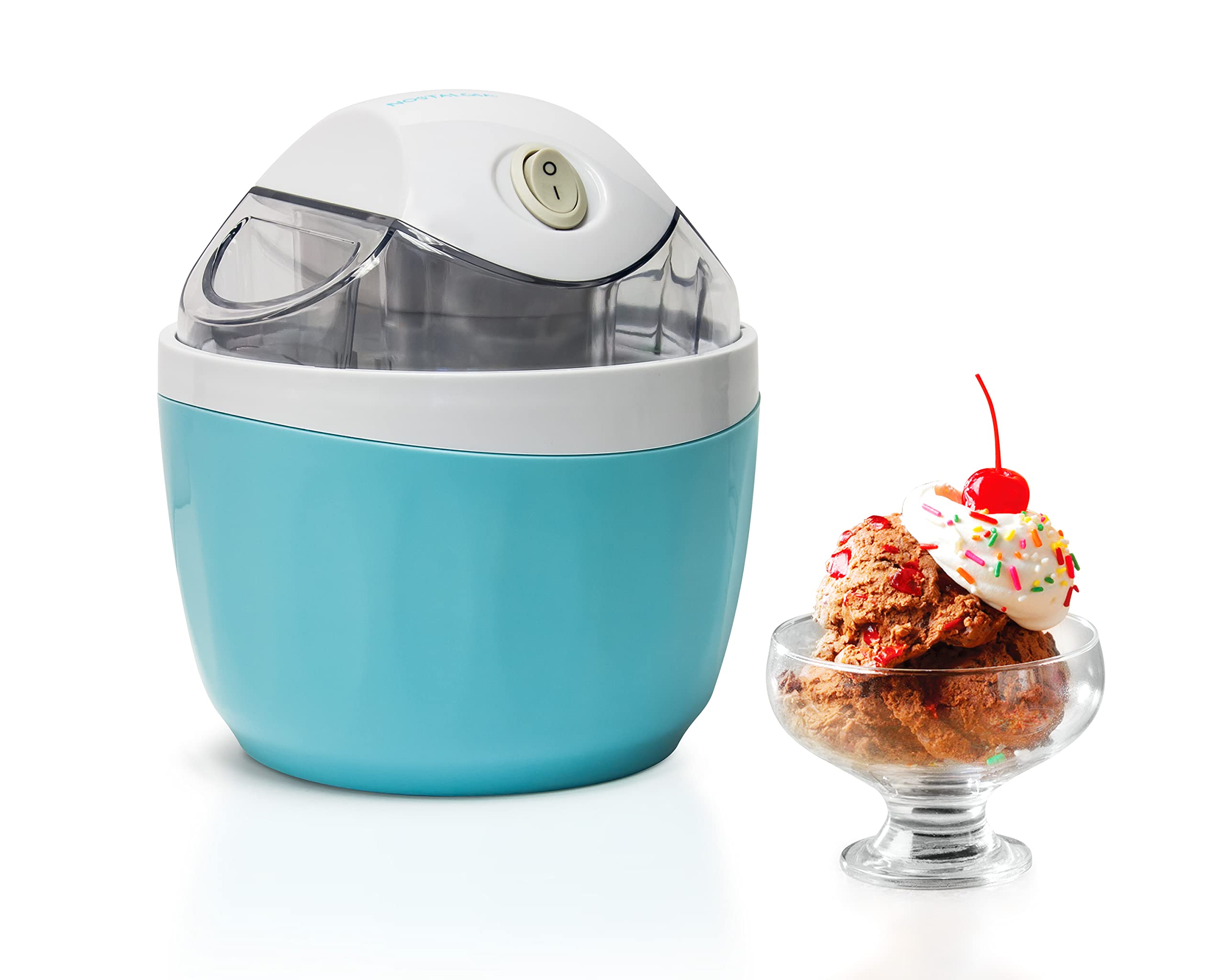
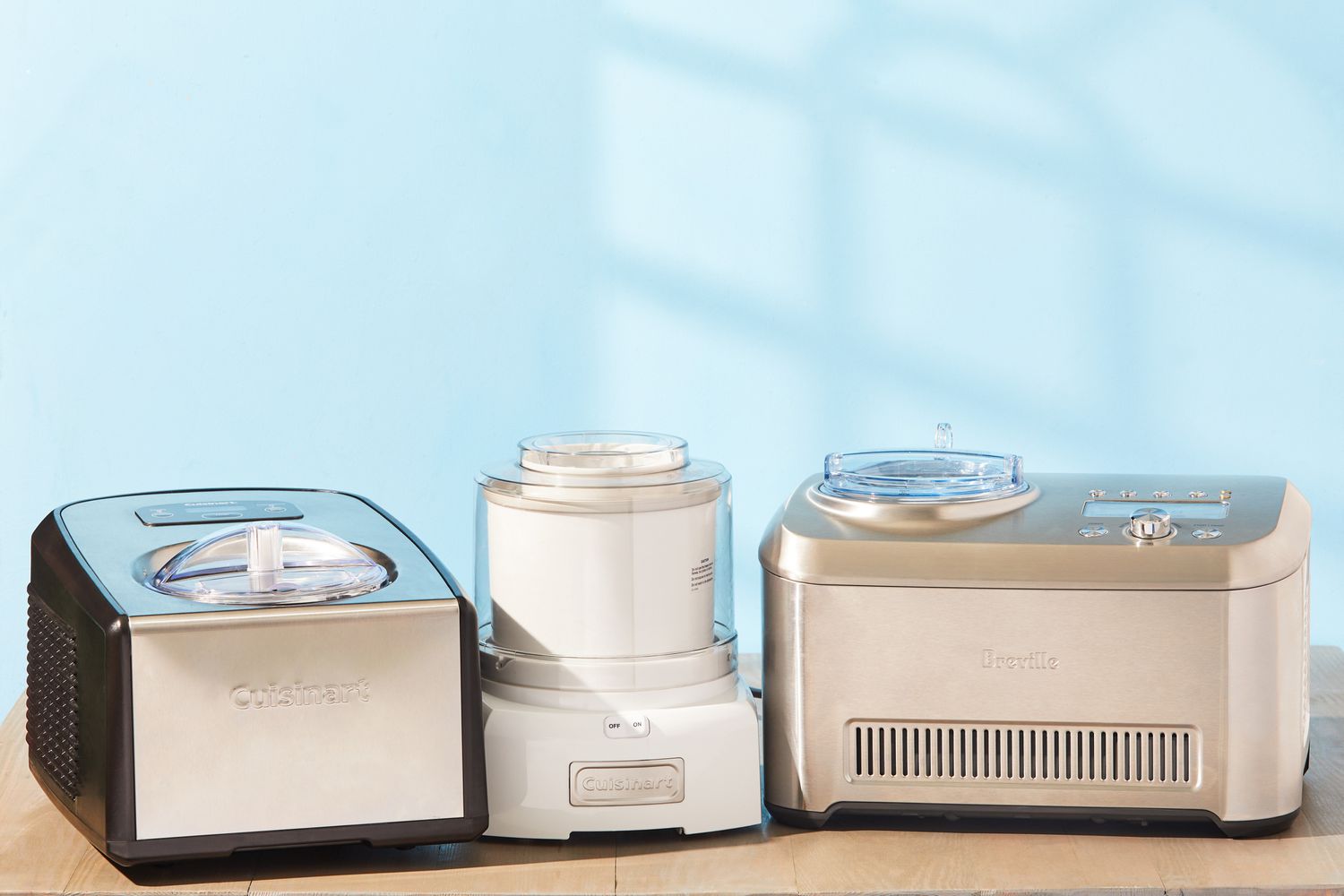
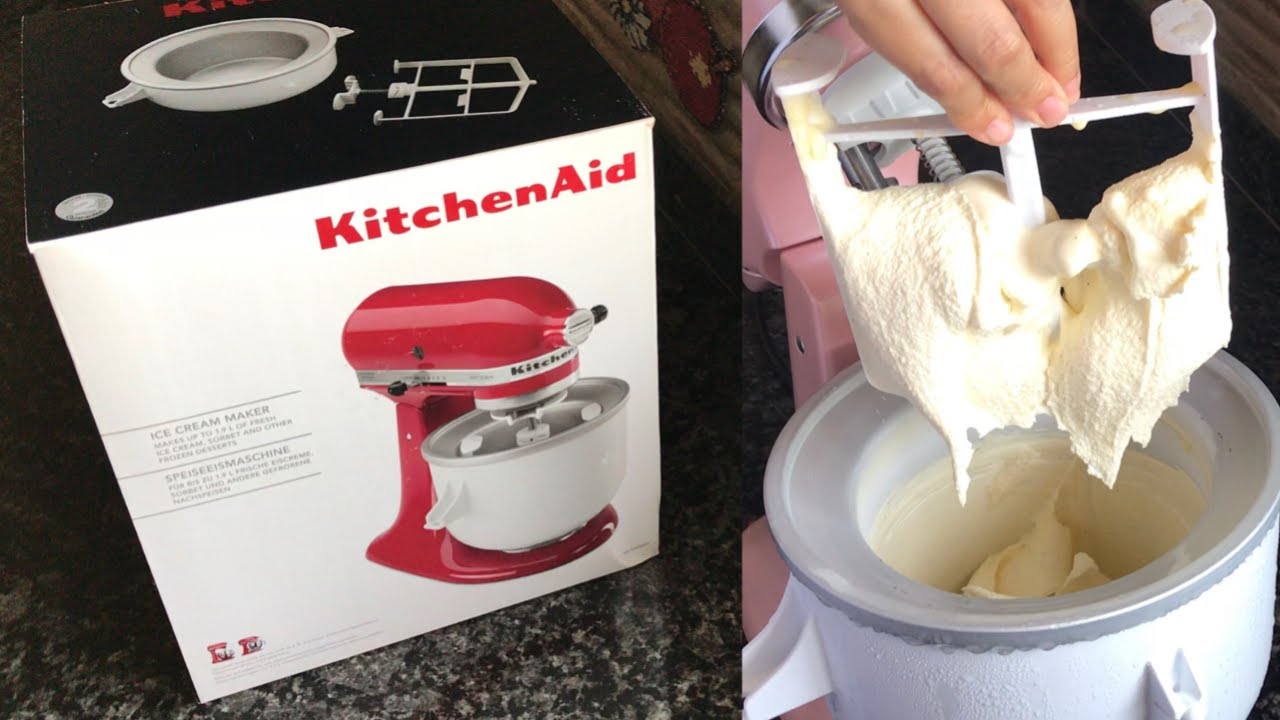
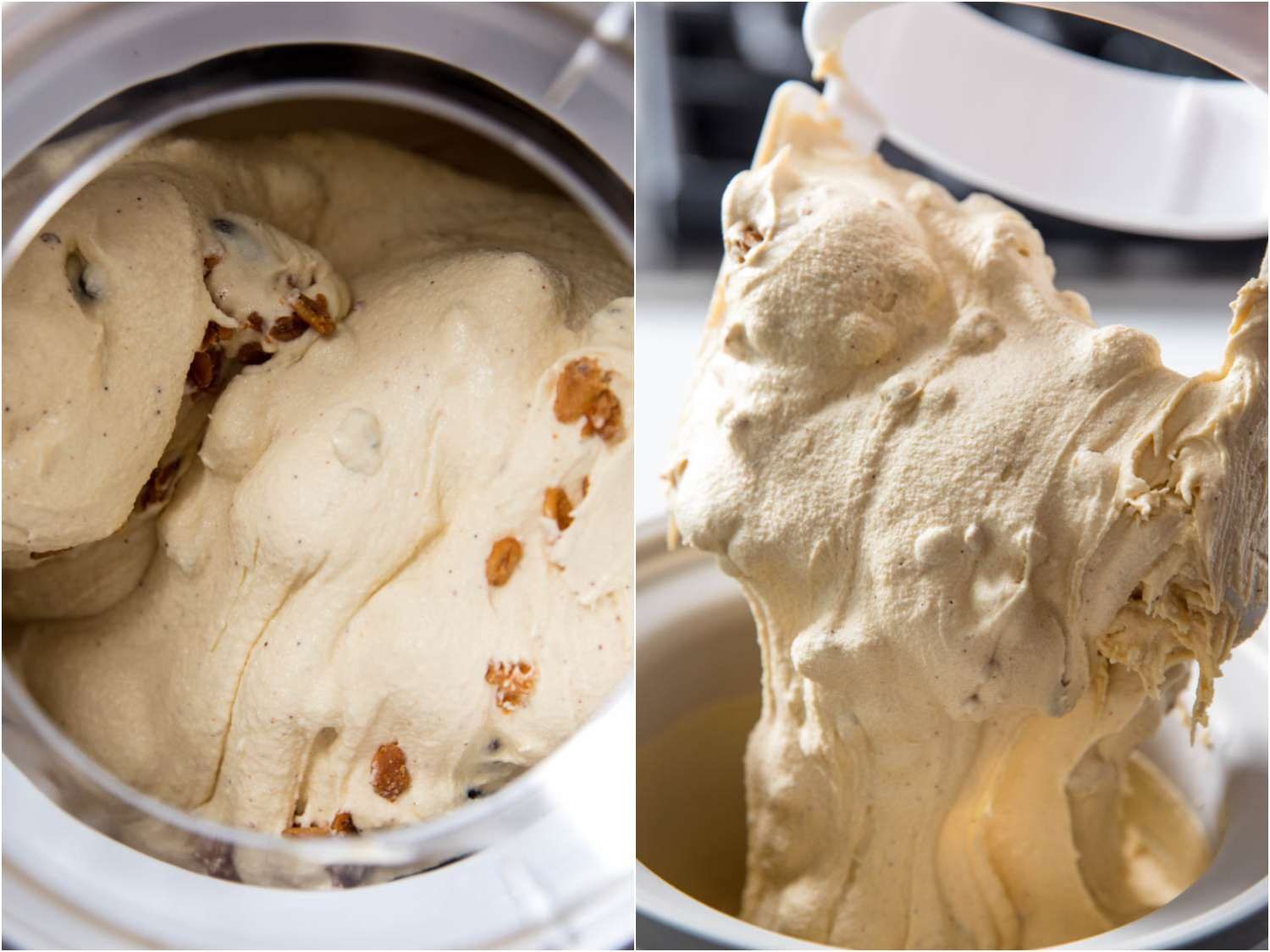
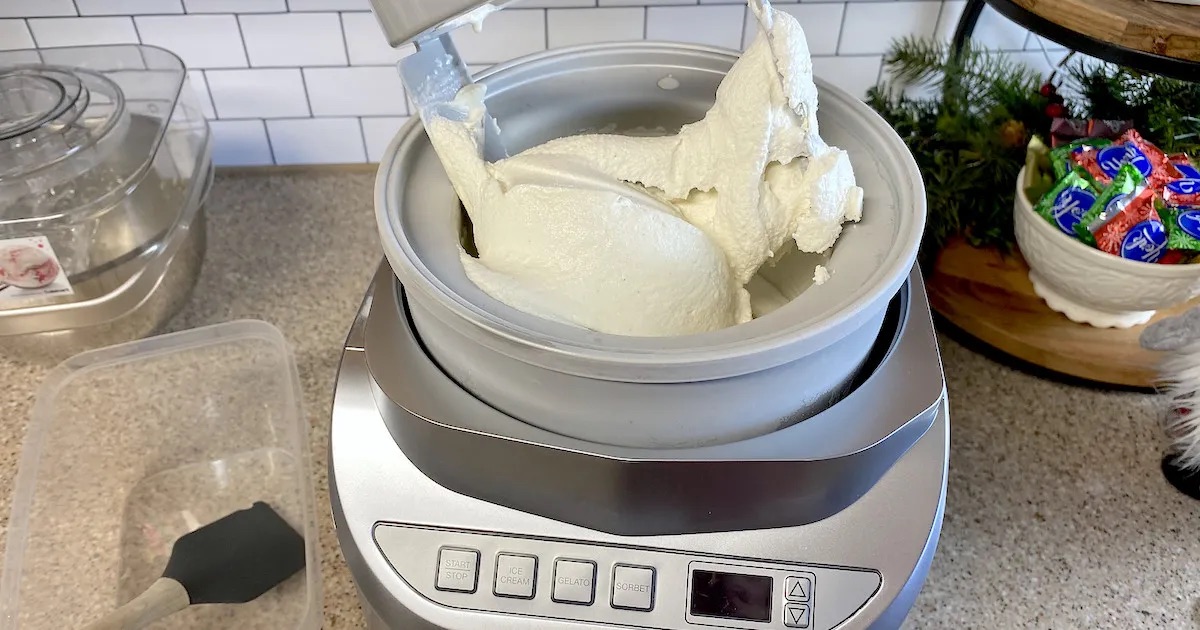

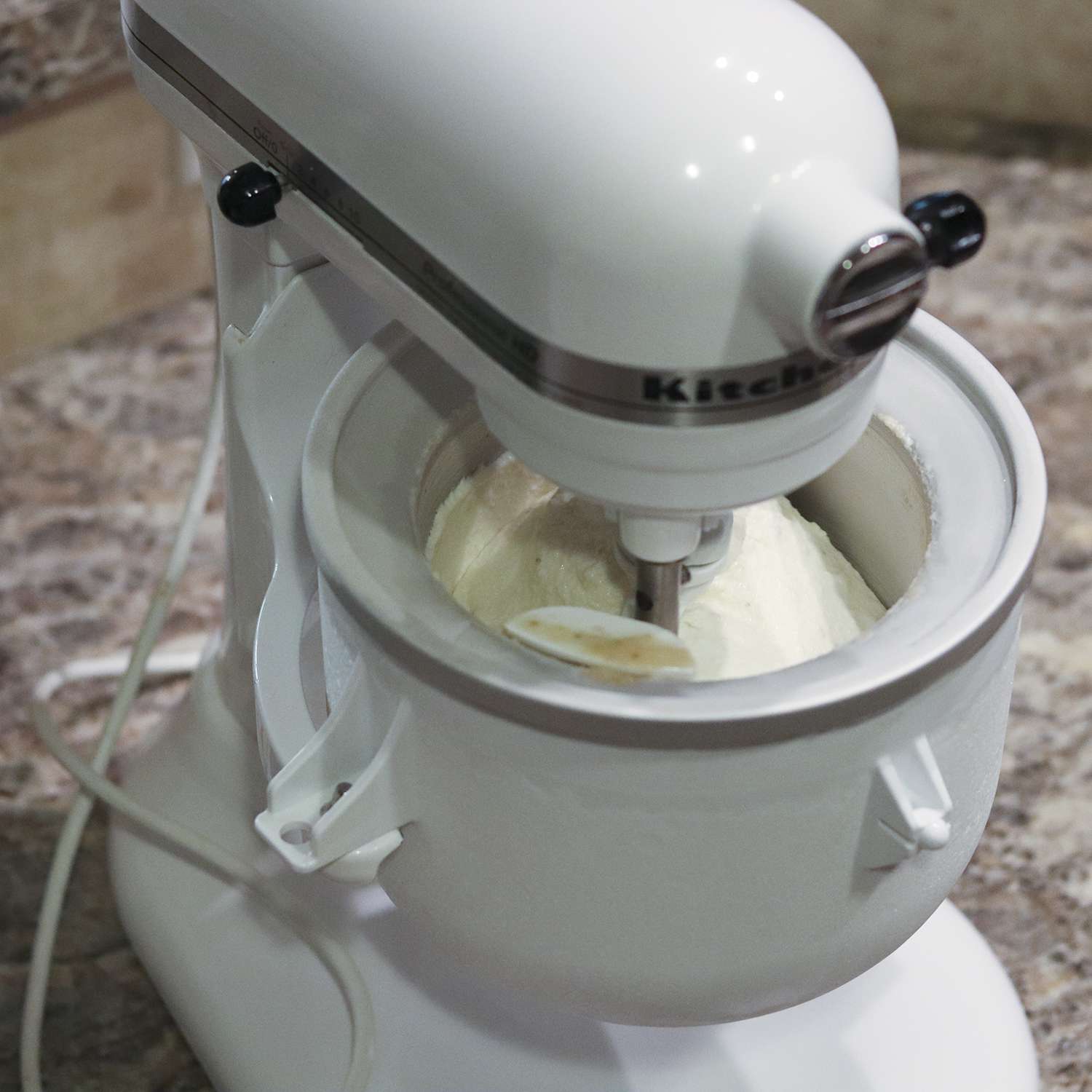
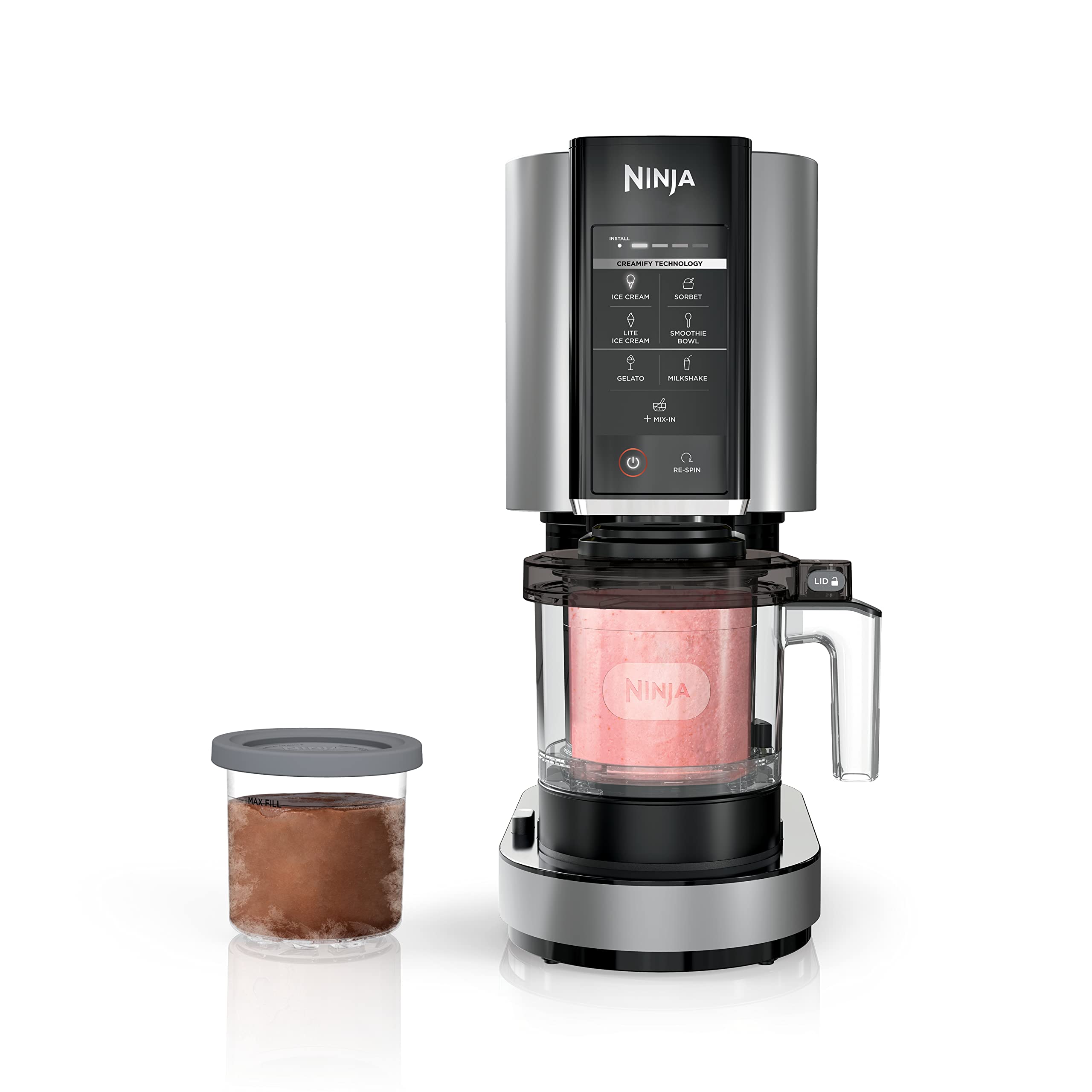
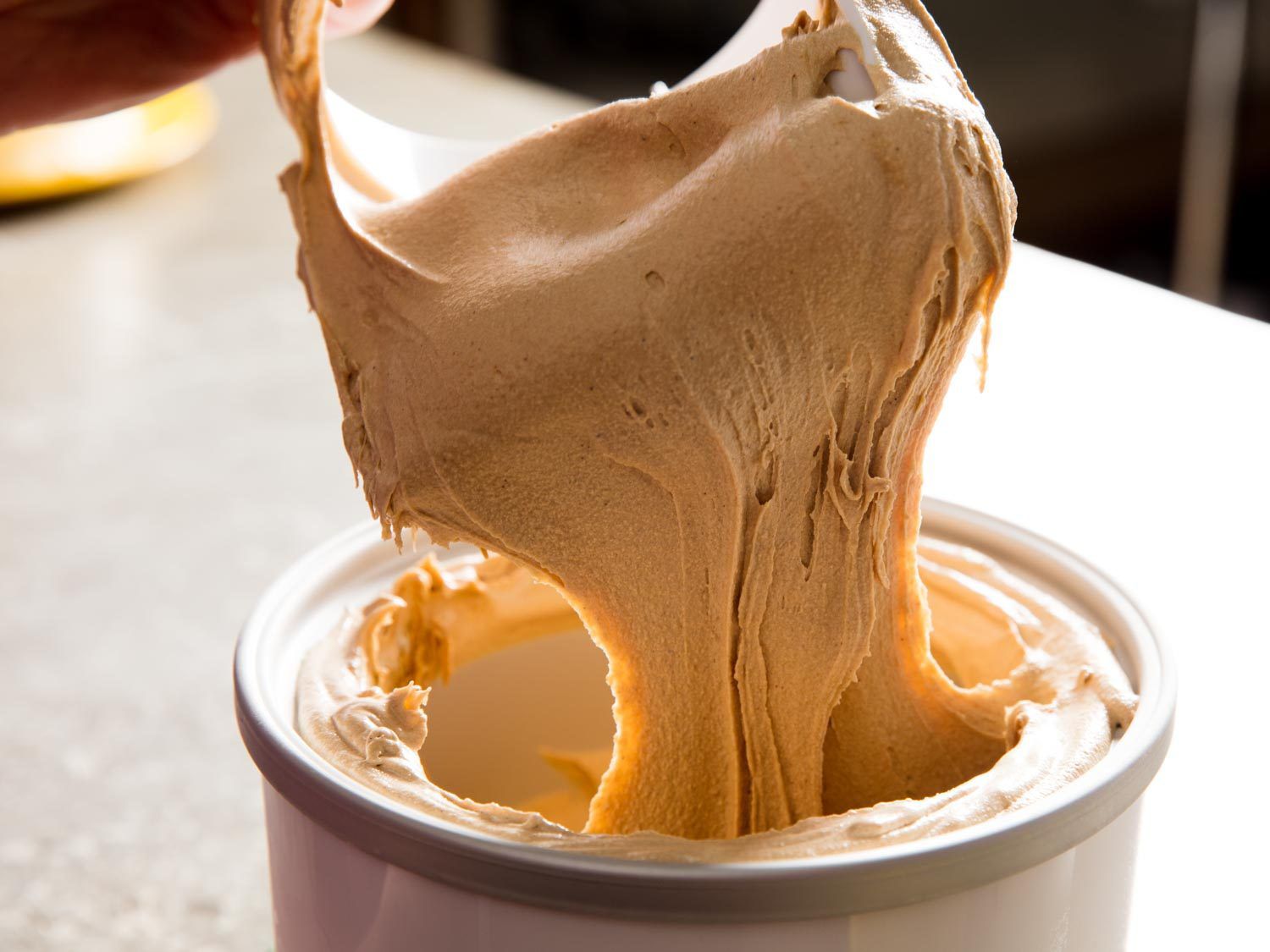

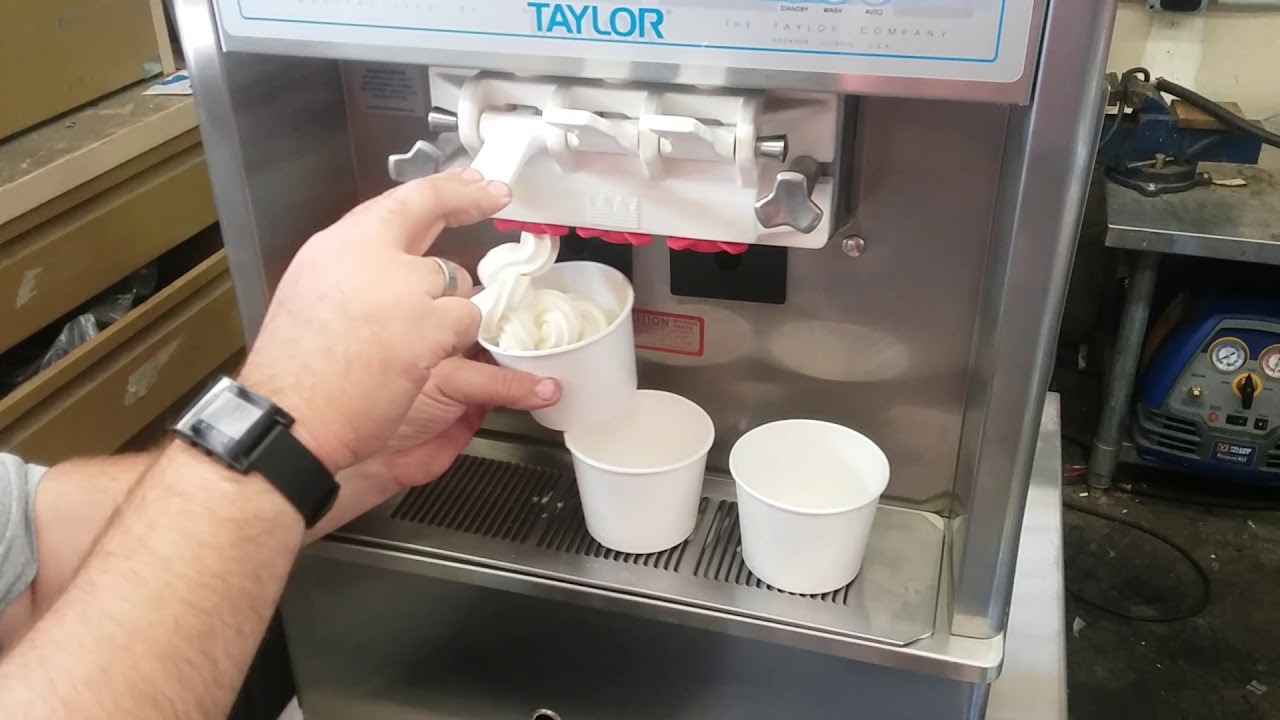
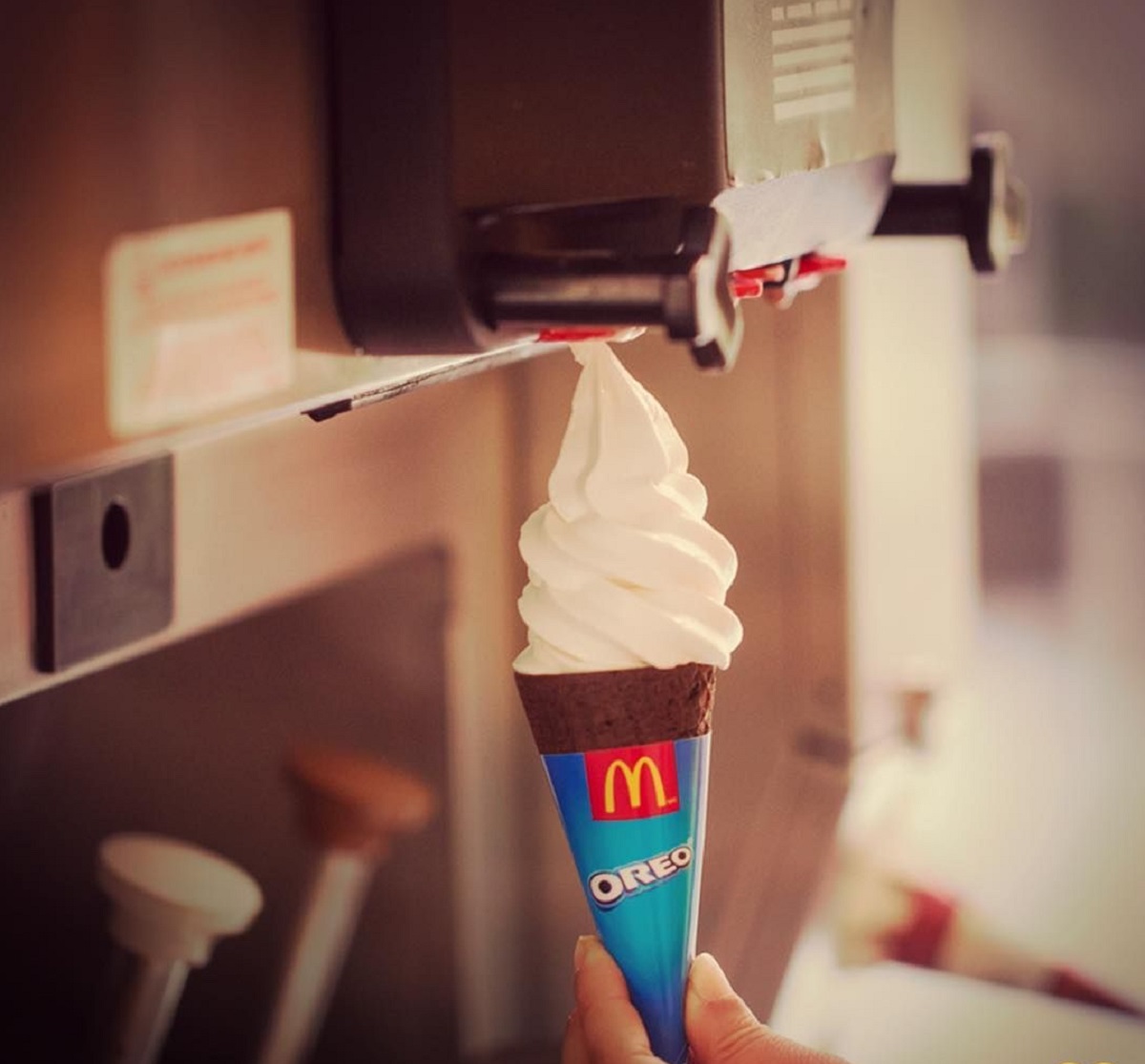
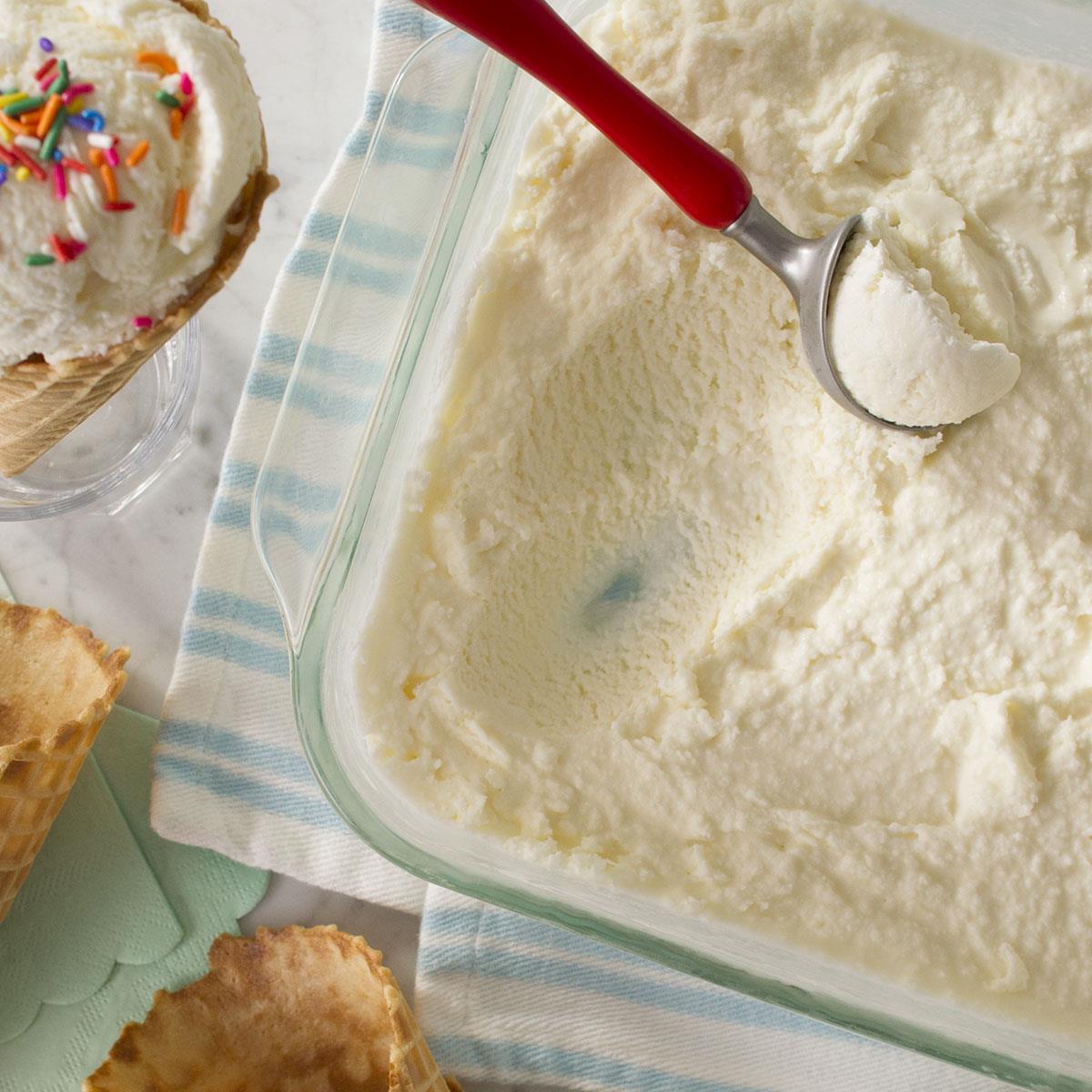


0 thoughts on “What Does An Ice Cream Maker Do”